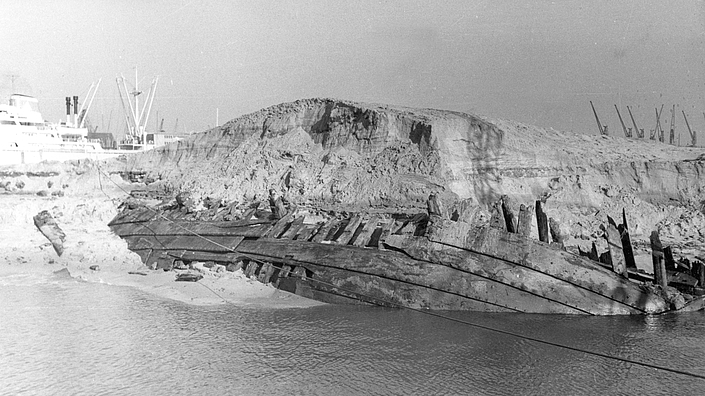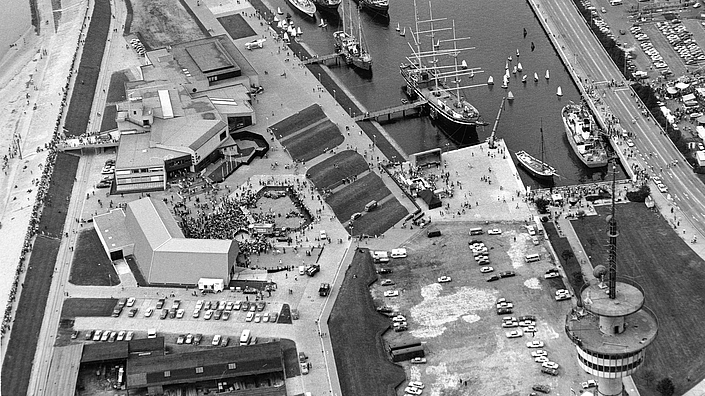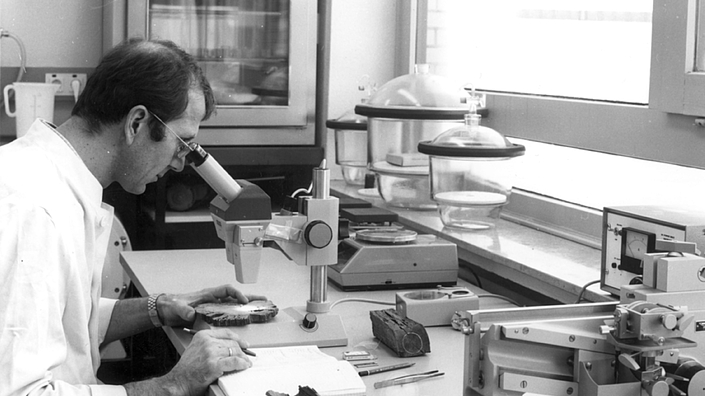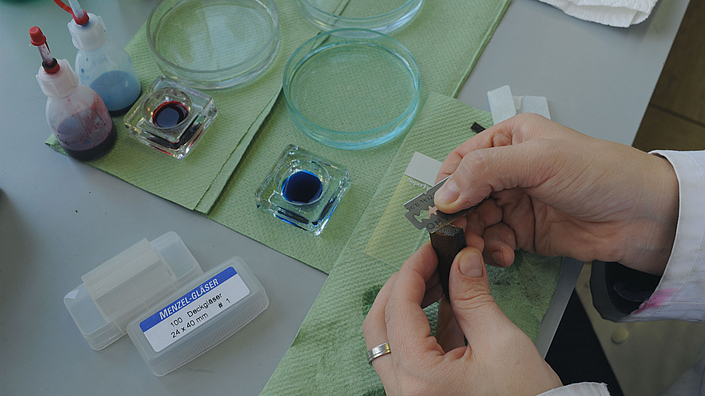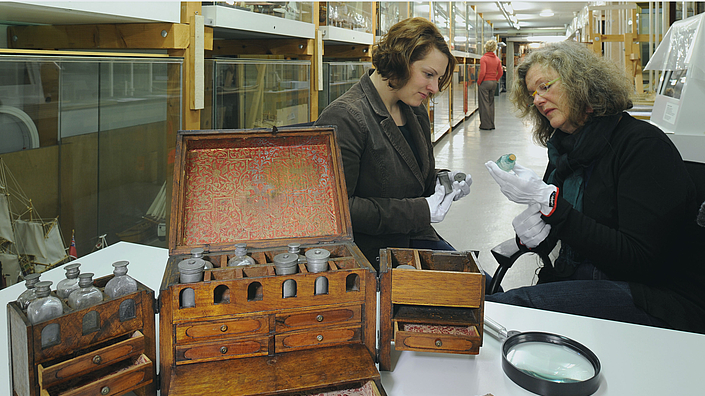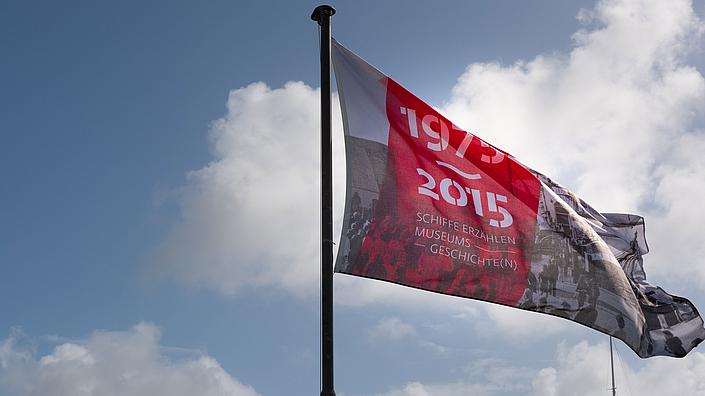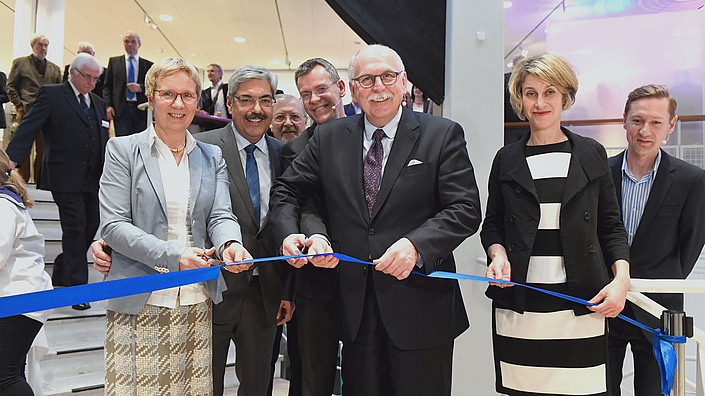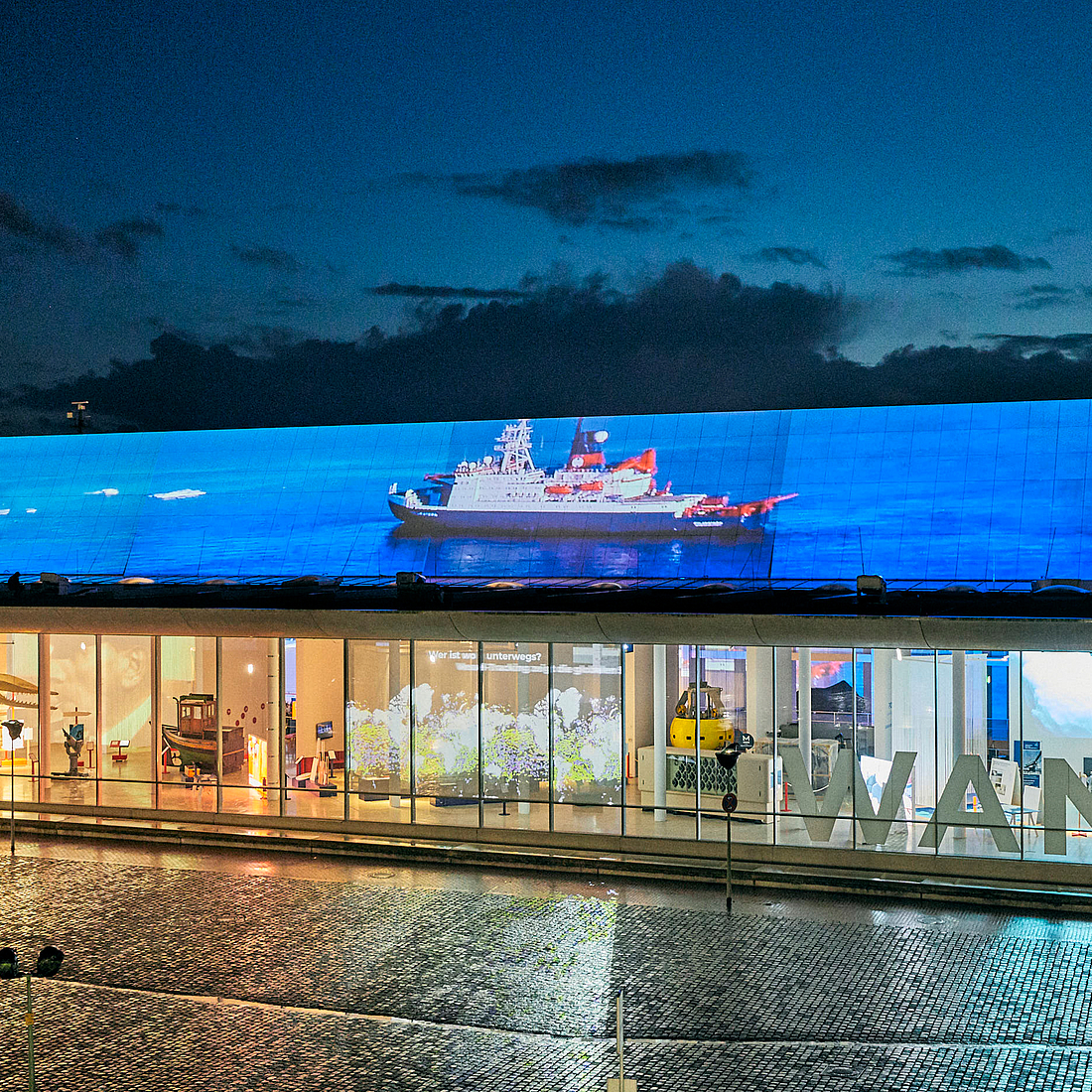
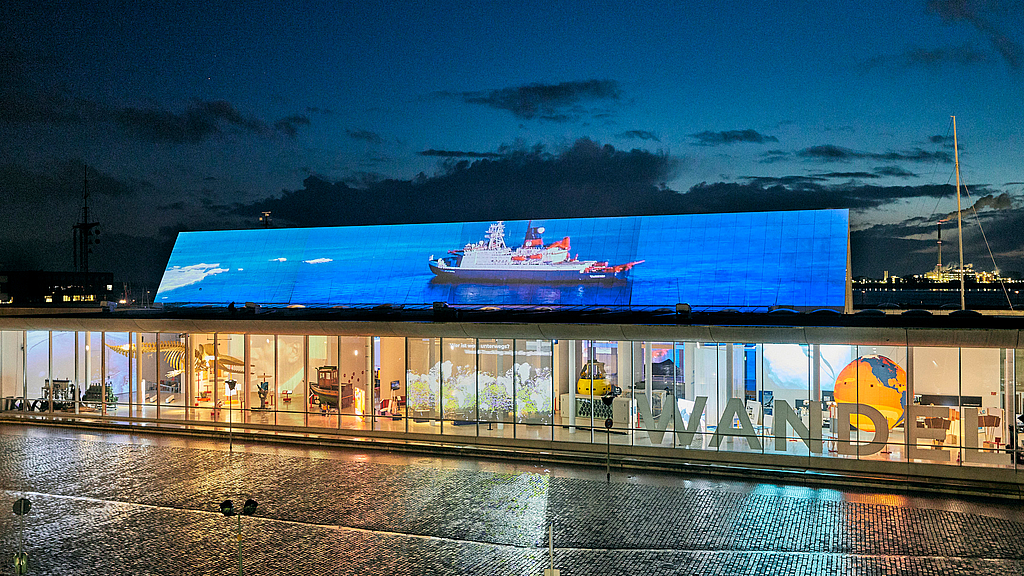
About us
-Understanding the world from the sea
As the German Maritime Museum / Leibniz Institute for Maritime History, we look at the past, present and future from the sea. Because ships change the world: they drive global interdependencies in society, politics, science and the environment.
Ships can be places of longing or delivery vehicles, drivers of war or escape helpers, destroyers of the environment or repositories of knowledge. One thing is certain: without ships, our world would be a different place. Because ships move - people and goods, ideologies and information. Ships are contemporary witnesses - silent and communicative at the same time. Our museum, one of eight research museums of the Leibniz Association, researches and presents their history: a history of man and sea. Because ships are the key to understanding our globalised world: they shape our relationship to the sea and to other countries - socially and culturally, economically, technically and scientifically. How did these interdependencies come about - and what can we learn from them for the present and the future? We research this and make it visible in exhibitions. As a museum and historical research institute, we are unique in the German-speaking world.
Instead of reconstructing the past, we use it to strengthen civil society through cultural knowledge. The basis for our research projects, exhibitions and publications is our collection. In it, we preserve and make accessible more than 60,000 objects, around 380,000 archival documents and a library stock of more than 100,000 specialised publications.
The collection focuses on maritime culture and technology from the late Middle Ages to the present day. The spectrum ranges from a medieval cog from 1380 to the seafaring book of a steward working on the TITANIC and from a tide calculator from the First World War to an old whaling steamer in the museum harbour. Our aim is to be able to depict more recent and the latest historical developments through integrated collecting and research. We use and develop state-of-the-art digital methods and technologies to achieve this.
A museum for all and an anchor of knowledge
We make our collection and our research findings accessible to a wide audience in exhibitions. We see ourselves as a museum for all generations and social groups that invites people to understand and reflect on our relationship with the sea and its consequences. This also and especially includes questions of sustainability:
How can we manage to treat our oceans with care instead of using their warming to drive climate change? How can we preserve marine resources for the future? How can marine utilisation and environmental protection be reconciled?
The dialogue between researchers and museum guests on an equal footing is of particular importance to us. We share our knowledge with our guests and invite them to share their knowledge with us.
We live in an age in which a lot of false and unsecured information is spreading at breakneck speed via digital channels. We therefore see our digital and analogue offerings as knowledge anchors with which we help our guests - whether virtually or on site - to recognise and decode controversies in research and participate in discussions in science, politics and society.
In the conviction that cultural heritage belongs to all of humanity, we use the possibilities of digitalisation to make our collections and research findings accessible to a broad public outside our museum buildings. We use interactive applications to promote the exchange of knowledge with different target groups. We develop methods of object digitisation that can also be used by other museums.We use digital media and technologies to gain knowledge about our objects, and we explore the impact, opportunities and limitations of our own digitalisation.
Networked research
Excellent science and innovative communication thrive on international and interdisciplinary networking. We offer researchers from a wide range of disciplines, countries and cultural backgrounds a platform to utilise and support the museum as a holistic research location.
Research projects at the DSM are supported by renowned national and international funding programmes. Our museum cooperates with various universities, such as the Universities of Bremen and Oldenburg, as well as at international level with the University of Cambridge and with non-university research institutions such as the Alfred Wegener Institute, Helmholtz Centre for Polar and Marine Research.
Our museum is supported not least by the approximately 2,000 members of the "Förderverein Deutsches Schiffahrtsmuseum e.V." This organisation and the "Kuratorium zur Förderung des Deutschen Schiffahrtsmuseums e.V." (Board of Trustees for the Promotion of the German Maritime Museum) once promoted the opening of the museum in 1975 and now accompany it on its future course.
The DSM as an employer.
Our museum is characterised by a wide variety of job profiles and areas of work. We have people working in research as well as in various professional fields such as restoration, collection management or carpentry, in the archive or library, museum education, digital media and IT, administration or press and public relations. They all contribute to successful museum work.
The DSM as an employer
Our museum is characterised by a wide variety of job profiles and areas of work. We have people working in research as well as in various professional fields such as restoration, collection management or carpentry, in the archive or library, museum education, digital media and IT, administration or press and public relations. They all contribute to successful museum work.
We see diversity as an enrichment. Appreciative cooperation within our entire museum crew is a successful practice for us. Coupled with an exciting range of topics, this makes us an attractive place to work for people at all stages of their careers - whether as trainees or experienced museum professionals. We attach great importance to equal opportunities, family friendliness and personal and professional development opportunities.
(Status as at 28 February 2024)
History
-
